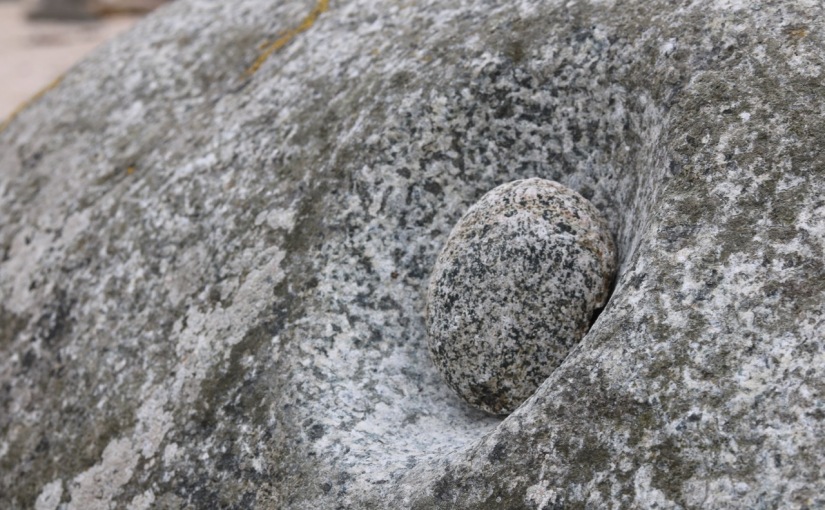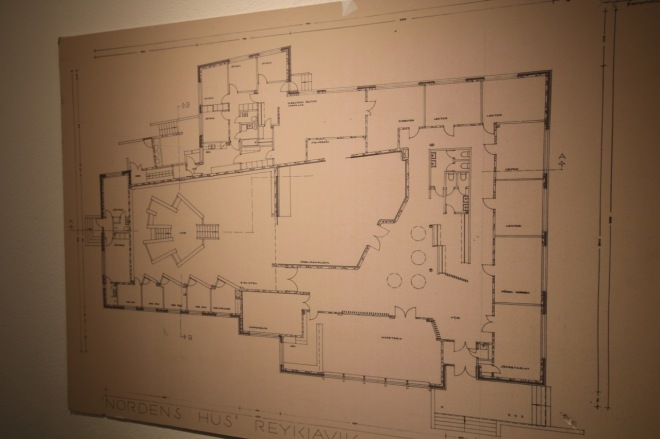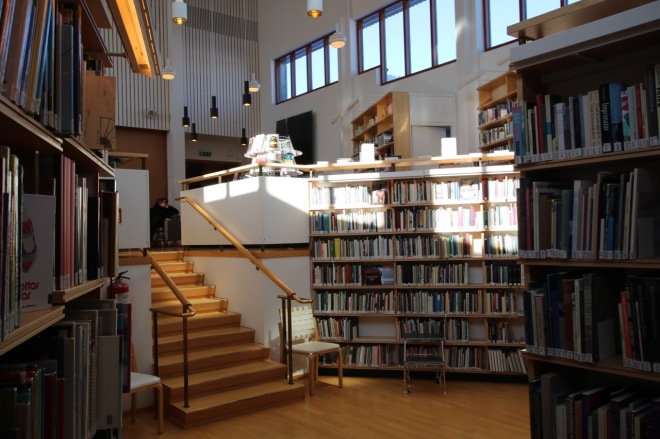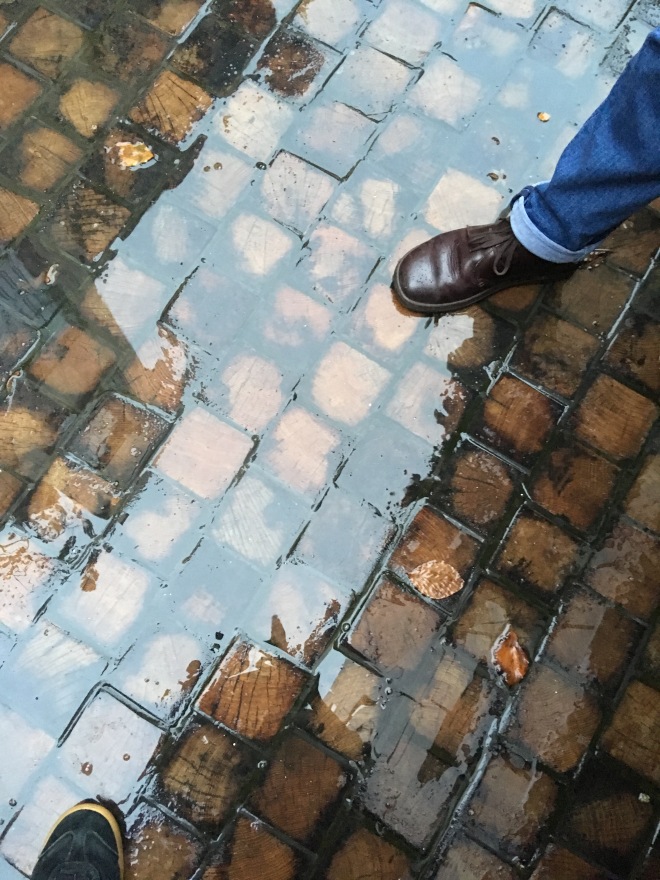
Category: sound
carnival beats
A short film from Notting Hill Carnival, London.
Great acoustic reflections under the Westway at Portobello Road.
[Recorded on Iphone SE]
future city/ electric street sounds
EU legislation, introduced July 2019, requires all new four-wheeled electric and hybrid vehicles to have acoustic vehicle alert systems (AVAS) that make an audible warning sound when travelling at speeds of 12mph (20km/hr) or less. They cannot be switched off by the driver. The sounds are not standardised so each manufacturer is developing their own sounds.
Two example sounds from Nissan Electric:
This is the sound the electric Leaf makes when driving at low speeds.
This sound will play when the car moves backward at low speeds.
Image source: https://www.automotive-iq.com
electric city soundscape
Hear a full binaural soundscape of London’s future streets
What might London’s future streets sound like?
Source: Radio 4 Today Programme 10 Sep 2018
“This month marks the 90th anniversary of the first sound recordings of Britain’s streets. But what will the streets of the future sound like once electric and automated cars begin to replace the internal combustion engine? A music company which creates the sounds for tomorrow’s electric cars has created a binaural soundscape of what it thinks the streets of tomorrow will sound like. Narrated by Man Made Music’s Joel Beckerman.”
not gneiss (the ringing stone, tiree)
A large rock transported by a glacier and set down by the melting ice is known as an erratic (from the Latin “errare” meaning to wander). On the north coast of Tiree is an erratic, made of granite, an alien amongst an indigeneous geology of gneiss.
 The ringing stone has an ancient history. The cupmarks pitting its surface mark the spots where humans have hit the large stone with a smaller stone striker. With your ear against the stone as it is struck you can hear an extraordinarily resonant spatial sound, with a metallic ring.
The ringing stone has an ancient history. The cupmarks pitting its surface mark the spots where humans have hit the large stone with a smaller stone striker. With your ear against the stone as it is struck you can hear an extraordinarily resonant spatial sound, with a metallic ring.
The effect is due to the density of the rock and absence of flaws or fissures. Some think that the void or cleft underneath the stone also contributes to the sound produced.
It is well worth walking off the track to experience it first hand.
harpa concert hall, reykjavik (2011)
The Harpa Concert Hall, located in the harbour area of Reykjavik, was designed by Henning Larsen Architects and Batteriid Architects. The Danish-Icelandic artist, Olafur Eliasson, collaborated on the design of the facades taking inspiration from the Icelandic landscape and the crystalline structure of basalt columns, which give a strong sense of identity and place to the building. It is a kind of people’s palace for the Icelandic capital – a cultural centre but also a public space and place to meet, protected from the elements. The building contains concert and performance spaces, and international standard conference facilities – Reykjavik is ideally located between Europe and the US. 
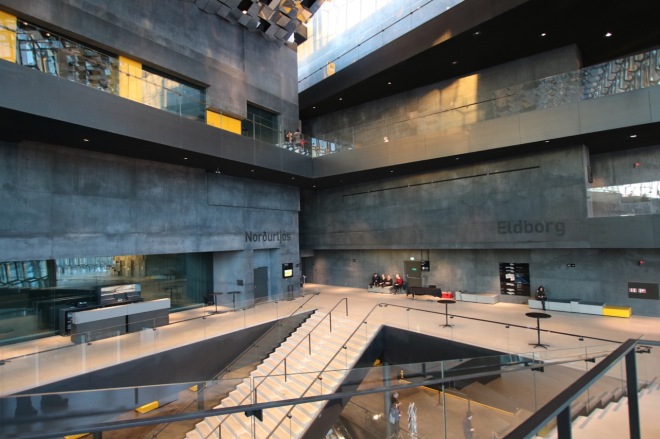

The Icelandic landscape: inspiration for the building design from ice, snow, rock and water, from the colours and the effects of natural light.
Interesting features of the acoustic design of the concert hall interiors include the perimeter screens of twisted timber slats, and adjustable felt blinds behind, creating the tools for varying the acoustic to suit different types of musical and speech-based performance.
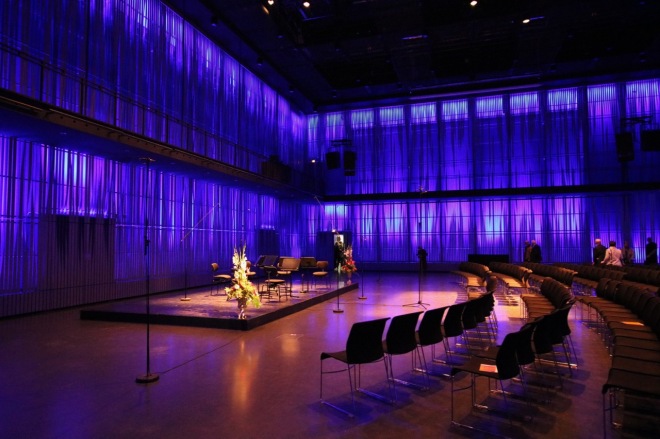

herring gull collages

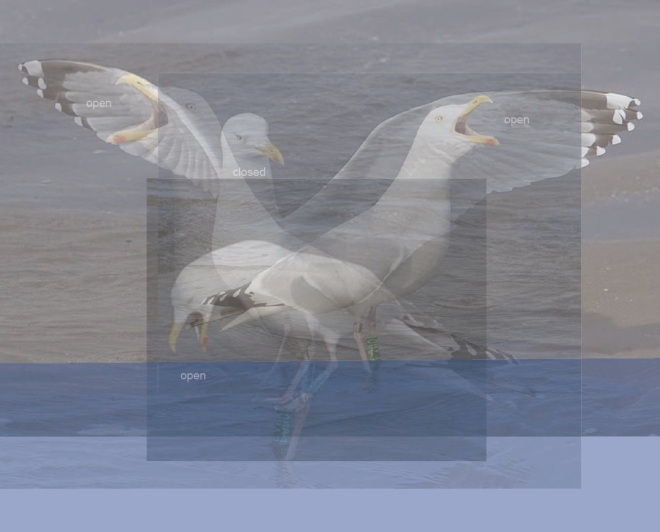

Having done some research into bird vocalisation and the technology of the avian syrinx, I became interested in how the Herring Gull adopts a particular pose to express a particular call: the relationship of sound to form. The dynamic shapes of the Mew Call (head down) and the Long Call (head up) express the production of sound energy in these two loud penetrating calls. I made the collages to experiment with ideas of composition and three-dimensional form in relation to a notional horizontal – a water line.
photos: thanks to maarten van kleinwee https://gullstothehorizon.wordpress.com
the nordic house, reykjavik (1968)
Approaching Alvar Aalto’s Nordic House across fresh snow – the heaviest overnight snowfall in Iceland since 1937 arrived three days earlier – was a delight. Blue glazed tiles sparkled against a clear sky.
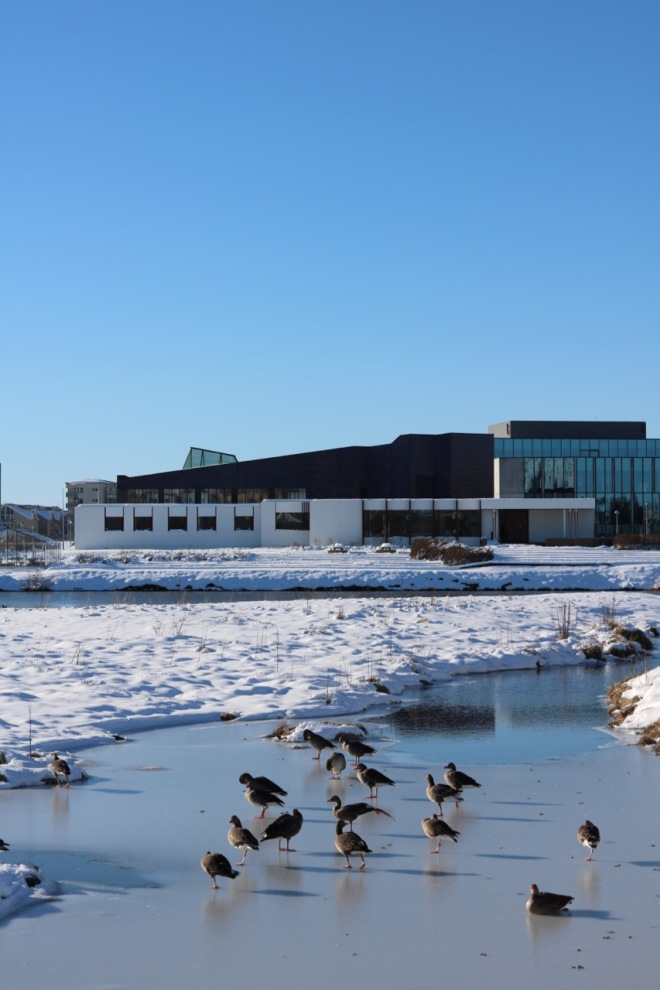

The Nordic House was set up to promote cultural exchange between the Nordic countries, and the building was designed to host and inspire a diverse cultural programme. The community/ performance space is not the largest space but is at the centre of the plan and is the high point of the section and elevations, next to the library – the big event of the building. The ground plan is interesting for the way this space can open up to the library, for various and flexible uses of the building. The building is modest in size but dynamic in plan and section, with a great flow between the spaces. Currently there is a ground floor bistro and small shop, and in the basement an educational space.
The roof of the community/ performance space steps up away from the library, and is lined internally with timber. The attention to design detail and quality of environment is obvious, with ventilation ducts in the ceiling and natural lighting to the interior.

The main library is filled with light, and has a sunken area at the centre with study tables tucked away.
Just one example of Aalto detailing…

photos: natasha nicholson, march 2017
pistol shrimps at dawn
Chris Watson, sound recordist and longstanding collaborator of David Attenborough, hosted a fascinating workshop at Berry Head Quarry, Brixham in September. With a storm raging outside we gathered in the Artillery Store for Chris’ introduction to sound recording and the acoustic world of the ocean. (As a novice sound recordist I had my Zoom H4n handy recorder with me, eager to pick up some tips). During a brief break in the weather we walked down to the Quarry Quay and Chris showed us how to set up the hydrophone (underwater microphone) equipment with plastic bottle floats, canes as fishing rods and cable lines – literally fishing for sounds. With a speaker set up under an umbrella, we could clearly hear the pistol shrimps (or snapping shrimps)
Pistol shrimps are common throughout the world’s oceans, and their sounds are the background fuzz of the underwater soundscape around any shoreline. The snapping sound is made by the implosion of an air bubble produced by the shrimp’s powerful claw, in order to stun their prey.



